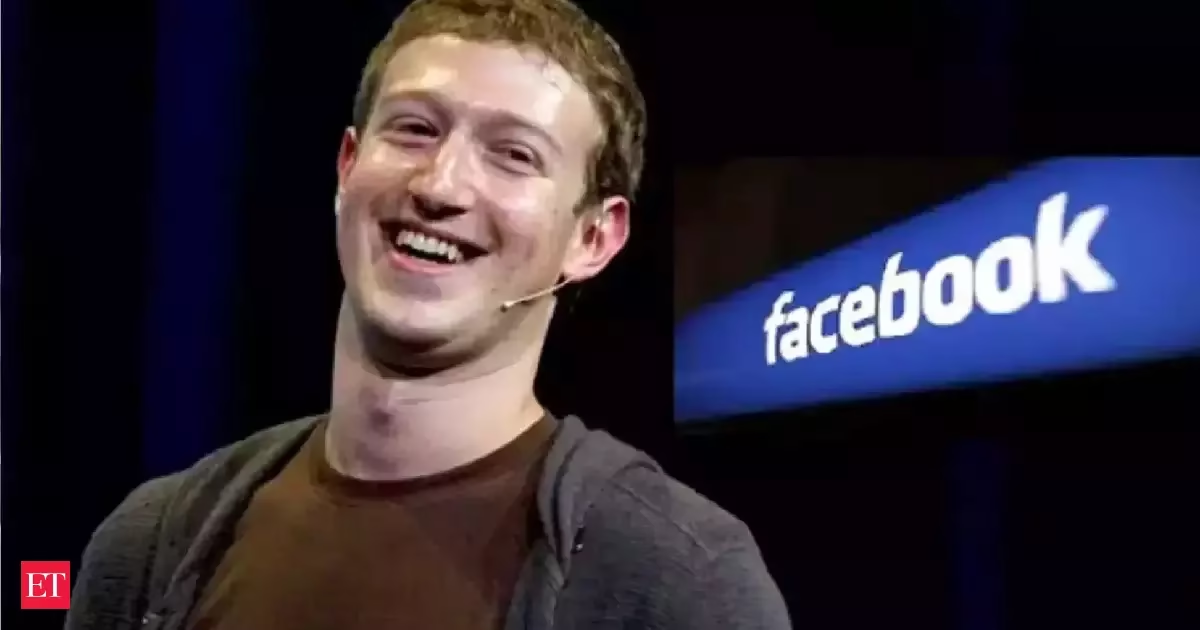CV Venkataraman, a respected titan in the world of consumer goods and lifestyle brands, expressed his belief that the newly announced budget measures will usher in a wave of increased consumer spending across India’s bustling urban markets. His comments, rich with optimism and tempered with the practical wisdom of years of experience in the industry, have sparked conversations among business leaders, financial experts, and everyday citizens alike.
Venkataraman’s perspective is grounded in a deep understanding of market dynamics and consumer behavior. He believes that the comprehensive fiscal measures outlined in the budget are designed not only to stabilize the economy but also to create an environment where urban consumers feel confident and secure enough to spend. The proposals set forth by the government, which include reforms aimed at boosting disposable incomes, supporting infrastructure development, and enhancing job creation, have been seen as critical drivers for economic recovery and growth in the post-pandemic era.
One of the cornerstones of Venkataraman’s optimism is the notion that the budget has strategically targeted areas that directly influence the spending power of urban households. The recent policy announcements have put a strong emphasis on revitalizing the retail sector, a sector that plays a crucial role in the daily lives of millions of Indians. Urban centers, known for their vibrant mix of traditional bazaars and modern retail outlets, are expected to witness a steady revival as consumer confidence is rebuilt. This resurgence, Venkataraman notes, is a testament to the government’s commitment to nurturing a healthy economic environment where consumers can once again feel assured about their financial future.
Throughout his career, Venkataraman has witnessed many shifts in economic policies and market trends. He recalls past instances when targeted budgetary measures had a significant impact on consumer behavior and overall market sentiment. This historical perspective reinforces his current belief that the present budget, with its focus on urban consumer spending, is poised to play a transformative role. By channeling resources into sectors that directly affect everyday life, the government is setting the stage for a period of enhanced economic activity and a more robust consumer market.
As urban consumers begin to see the tangible benefits of the budget’s provisions, there is an air of cautious optimism permeating the market. Venkataraman points out that one of the most encouraging signs is the anticipated boost in consumer confidence. When individuals feel secure in their financial circumstances, they are more likely to make discretionary purchases, invest in quality products, and engage in activities that drive further economic activity. This cycle of confidence and spending is crucial for the revival of urban markets, which had been facing a slowdown in the wake of economic uncertainties.
The renewed focus on consumer spending is not just about the immediate fiscal stimulus; it is also about laying down a solid foundation for sustained growth. Urban markets, characterized by a diverse range of consumers with varying needs and aspirations, benefit immensely from policies that encourage both short-term spending and long-term investment. Venkataraman emphasizes that the budget’s multi-faceted approach will likely have a ripple effect throughout the economy. As businesses experience an uptick in consumer demand, they are better positioned to invest in their operations, hire additional staff, and innovate in ways that further enhance the overall economic landscape.
Another significant aspect of the budget that has caught the attention of industry leaders is its potential to boost consumer spending through improved infrastructure and public services. Urban centers, which have long been the nerve centers of economic activity, are set to benefit from investments that will modernize transportation, streamline public utilities, and create a more efficient urban ecosystem. These improvements, while perhaps less immediately visible to the average consumer, create an environment in which spending is easier, more secure, and more rewarding. Venkataraman sees this as an integral part of a broader strategy to not only revive but also sustain urban economic growth.
Moreover, the budget’s emphasis on digital transformation and technological advancements is expected to have a positive impact on the retail landscape. In today’s fast-evolving market, technology plays a pivotal role in shaping consumer experiences. The government’s initiatives aimed at enhancing digital infrastructure are likely to lead to improved online and offline shopping experiences. This, in turn, could lead to a more dynamic and responsive retail environment, where consumers enjoy greater convenience, better service, and a wider range of choices. Venkataraman’s confidence in the budget is rooted in his belief that these technological enhancements will resonate strongly with urban consumers, who increasingly value efficiency and innovation in their purchasing decisions.
In a broader context, the budget represents a careful balancing act between fiscal prudence and the need to stimulate economic activity. Venkataraman acknowledges that while the government must remain vigilant about managing public finances, it is equally important to ensure that the measures taken today do not stifle growth tomorrow. The challenge, as he sees it, lies in crafting policies that provide immediate relief and spur short-term spending while also fostering an environment conducive to long-term investments. This balanced approach, as articulated by Venkataraman, is essential for ensuring that urban markets can navigate the complexities of a rapidly changing economic landscape.
Beyond the immediate economic implications, there is a deeper social significance to the budget’s focus on urban consumer spending. Urban centers are the melting pots of culture, innovation, and economic diversity. They are places where dreams take shape and where individual aspirations often translate into collective progress. When the government directs attention and resources toward enhancing the quality of life in these areas, it is, in effect, nurturing the very spirit of progress that drives the nation forward. Venkataraman’s optimism is a reflection of this broader vision—a vision where fiscal policies are not merely numbers on a balance sheet but catalysts for a more inclusive and prosperous society.
The retail sector, which is poised to gain significantly from these measures, serves as a barometer for the health of the overall economy. Urban markets, with their pulsating energy and dynamic consumer base, have the unique ability to signal shifts in economic trends. When consumers in these areas start spending more freely, it sends a positive message to other sectors, encouraging a cycle of investment and innovation. Venkataraman’s insights remind us that the health of urban consumer spending is in many ways synonymous with the overall economic well-being of the country. His belief in the potential of the budget to ignite this spending spree is, therefore, not just an isolated prediction but a well-considered perspective based on years of experience and observation.
In the coming months, as the various components of the budget begin to take shape in everyday transactions, there is a palpable sense of anticipation among market participants. Retailers, manufacturers, and service providers are all keenly watching the unfolding scenario, ready to adapt and respond to the changing consumer landscape. Venkataraman’s optimism is echoed by many in the industry, who see the budget as a timely intervention that could provide the much-needed boost to consumer spending. This shared optimism is fostering a sense of community among business leaders, who are collectively looking forward to a period of rejuvenation in urban markets.
As urban dwellers step out to embrace the changes, the focus will increasingly be on how these fiscal measures translate into real-world benefits. It is expected that the enhanced consumer spending will not only stimulate business activity but also lead to improvements in quality of life. Better access to quality products, improved services, and a more vibrant retail environment will collectively contribute to an improved standard of living. For many, the budget is more than just a financial document—it is a promise of a better, more stable future. Venkataraman’s remarks serve as a reminder that behind every policy is a vision for a brighter tomorrow.
The anticipation surrounding the budget is also fueling discussions about the long-term impact on urban development. City planners and economic strategists are increasingly looking at how these fiscal measures can be leveraged to create sustainable growth models that benefit all layers of society. The focus is on creating urban spaces that are not only economically vibrant but also socially inclusive and environmentally responsible. Venkataraman’s confidence in the budget is, therefore, intertwined with a broader narrative about the evolution of urban centers. He envisions a future where cities are not just hubs of commerce but also centers of innovation and social progress.
While the immediate outlook for consumer spending in urban markets appears promising, there is an understanding that the journey ahead will require careful monitoring and adaptive strategies. Policymakers and industry leaders alike are aware that the road to sustained economic growth is seldom straightforward. There will be challenges along the way, including fluctuations in global economic conditions, unforeseen market disruptions, and the need to continually innovate. However, the consensus among experts, including Venkataraman, is that the current budget has laid a strong foundation on which to build. It is a starting point for a process that, if managed well, could lead to a period of robust and inclusive growth.
Reflecting on the potential of the budget to change the dynamics of urban consumer spending, Venkataraman’s message is one of cautious optimism and proactive engagement. He encourages businesses to be agile and responsive to the evolving market conditions, while also urging consumers to take advantage of the opportunities that the new fiscal measures present. His call for a balanced approach—one that harmonizes short-term stimulus with long-term strategic planning—resonates with many who believe that the future of urban markets depends on collaborative efforts between the public and private sectors.
In conclusion, the optimism expressed by CV Venkataraman about the budget’s ability to boost consumer spending in urban markets reflects a broader belief in the power of well-crafted fiscal policies. His perspective is both inspiring and realistic, grounded in a deep understanding of the interplay between government measures and market behavior. As the budget’s provisions begin to influence everyday transactions and reshape consumer confidence, there is every reason to believe that urban markets are on the cusp of a significant transformation. The renewed energy in these markets is a signal of a brighter economic future—one where stability, growth, and prosperity go hand in hand.
This hopeful outlook invites all stakeholders—from policymakers and business leaders to the everyday consumer—to participate in a journey toward a more dynamic and inclusive economy. With every new purchase and every improved service, the vision of a thriving urban market becomes a little clearer. The current budget, with its thoughtful blend of stimulus and strategic investment, is set to play a crucial role in turning that vision into reality. And as we watch these changes unfold, it is clear that the spirit of optimism championed by leaders like Venkataraman is both contagious and transformative, promising a future where the benefits of progress are shared by all.





